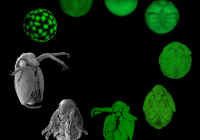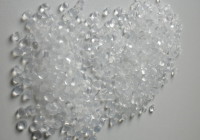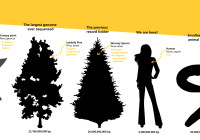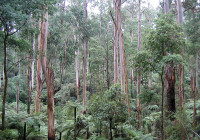The intriguing world of nuclear RNA in regulating epigenetic events
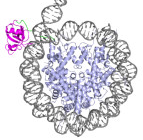
Written by Professor James Davie, University of Manitoba, Canada The nucleus produces an array of protein-coding and non-protein coding (nc)RNAs. There is growing appreciation and excitement in the role of the ncRNA in genome organization and function. ncRNA may have a role as genome organizing architectural factors of transcribed chromosomal domains (1, 2) and/or have a… Read more »


